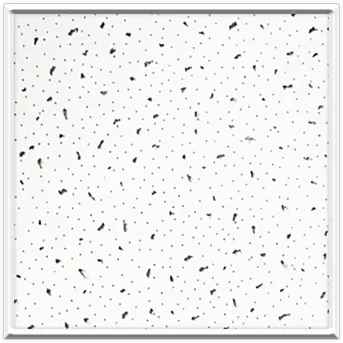10 月 . 02, 2024 00:50 Back to list
Ceiling Hatch Cover Solutions for Improved Accessibility and Safety in Buildings
Understanding Ceiling Hatch Covers Importance, Types, and Applications
In the realm of construction and architecture, ceiling hatch covers play a vital role in maintaining safety, functionality, and aesthetic appeal in various buildings. A ceiling hatch cover is essentially an access point concealed within the ceiling of a structure, providing entry to attics, mechanical rooms, or any hard-to-reach spaces. These covers are crucial for routine maintenance, inspections, and even emergency access, making it imperative to understand their types, importance, and best practices for installation and use.
Importance of Ceiling Hatch Covers
Ceiling hatch covers serve multiple purposes. First and foremost, they offer a safe means of access to areas that are not ordinarily accessible. This is particularly important in commercial buildings where maintenance of electrical, plumbing, and HVAC systems is necessary to ensure everything functions efficiently and safely. Without an appropriate access point, maintenance personnel may be forced to use ladders or scaffolding, which can increase the risk of accidents.
Moreover, ceiling hatches contribute to a building's overall energy efficiency. By enabling easy access to insulation and roof spaces, they allow for regular inspections and maintenance, helping to prevent energy loss that can occur due to faulty insulation or leaks. This directly contributes to cost savings on energy bills and promotes a more sustainable environment.
Additionally, in case of emergencies, ceiling hatches can provide alternative escape routes or access points for firefighters and emergency responders. This can be crucial in ensuring the safety of building occupants, especially in larger structures where conventional exits may not be adequate.
Types of Ceiling Hatch Covers
Ceiling hatch covers come in a variety of styles and materials, catering to different needs and aesthetics. Here are some common types found in the market
1. Standard Access Hatches Typically made from lightweight materials such as aluminum or steel, these hatches provide straightforward access to utility spaces. They are commonly used in residential and commercial buildings.
2. Fire-Rated Hatches These are crucial for buildings that require compliance with fire safety codes. Fire-rated hatches are constructed using materials that can withstand high temperatures, ensuring safe passage during emergencies.
3. Smoke Access Hatches Intended for use in commercial buildings, these hatches facilitate smoke ventilation during a fire. They help maintain safety and mitigate damage, ensuring smoother evacuation during emergencies.
ceiling hatch cover

4. Acoustic Hatches Designed to decrease sound transmission, these hatches are ideal for environments where noise control is essential, such as recording studios or multi-family residences.
5. Custom Hatches Many manufacturers offer customizable options to fit specific architectural requirements and aesthetic considerations, ensuring that the ceiling hatch blends seamlessly with the building’s design.
Best Practices for Installation and Use
To ensure optimal function and safety, proper installation and maintenance of ceiling hatch covers are paramount. Here are some best practices to follow
- Professional Installation It is recommended to have ceiling hatches installed by experienced professionals who understand the structural and safety requirements of the building.
- Regular Maintenance Routine checks should be conducted to ensure that the hatch operates smoothly and is free from any blockages or defects. Any signs of damage should be addressed immediately.
- Safe Operation Educate building occupants, especially maintenance personnel, on how to safely use ceiling hatches. This includes proper use of ladders or tools and awareness regarding potential hazards in the accessed areas.
- Compliance with Regulations Ensure that the installation and use of ceiling hatches comply with local building codes and safety regulations to prevent legal issues and enhance safety.
Conclusion
Ceiling hatch covers, though often overlooked, are essential components in modern architecture. They enhance safety, facilitate maintenance, and contribute to energy efficiency. Understanding the different types of hatches and adhering to best practices for their installation and use is vital for homeowners, architects, and facility managers alike. As buildings continue to evolve and expand, the importance of well-designed ceiling hatch covers will remain a significant consideration in construction and maintenance planning.
-
Revolutionizing Interior Design with Ceilings t grid Suspended SystemNewsOct.29,2024
-
Revolutionizing Ceiling Design with ceiling access panel with Gypsum Tile WaterproofNewsOct.29,2024
-
Revolutionizing Interior Design with PVC Gypsum Ceiling: A Comprehensive GuideNewsOct.29,2024
-
Elevating Interior Design with High quality Mineral Fiber Ceiling TilesNewsOct.29,2024
-
Revolutionizing Interior Design with PVC Gypsum Ceiling: A Comprehensive GuideNewsOct.29,2024
-
Elevating Interior Design with High-Quality Mineral Fiber Ceiling Tiles: A Comprehensive GuideNewsOct.29,2024







